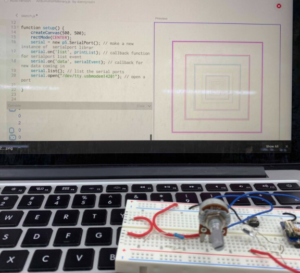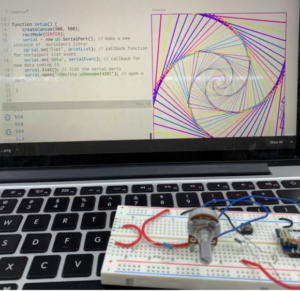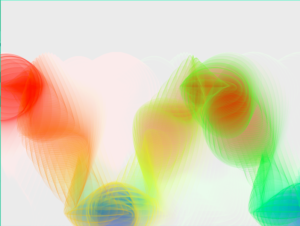Aligned with the requirements for the final project, I have finalized my general idea to create an interactive artwork in processing where the movement of the objects on the screen is dependent on the values of the analog sensors controlled by the user.
The specifics of the project involve an art piece that involves balls/ circles of random sizes falling from the top of the screen and bouncing off the bottom of the screen until they finally fade away. Some current progress can be seen below
The program would allow the user to control the color of the object through a potentiometer, with values mapped to a sort of below color wheel. In terms of aesthetics, I am still deciding on the range of colors accessible. 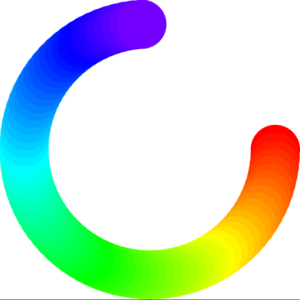
Alongside, I plan to allow users to adjust the speed of the each newly added falling objects based on the values of an ultrasonic sensor. The idea is the closer the user is to the sensor/art, the more disturbance they cause to the artwork.
Additionally, I intend to incorporate sound and some additional output in form of LEDs. However, this is entirely dependent on the progress under time constraints amid finals.
In terms of the materials required, I plan to have a bit larger display than my 13inch laptop and some materials to aid with better technical design during the showcase.
1x >= 21'' screen Multicolored LED strip/ LEDs (maybe) 1x Knob 1x Vertical Slider (could be DIY incase not available) 1x Speaker (maybe) 1x Ultrasonic Sensor
The hardest parts, I believe, in this project are the technical implementation and the efficient communication between the sensors and the code. For this, I have already started with coding the artwork and plan to slowly build up the features dependent on the analog sensors. As soon as possible, I plan to start working on building and assembling the user control system for the sensors for interaction.

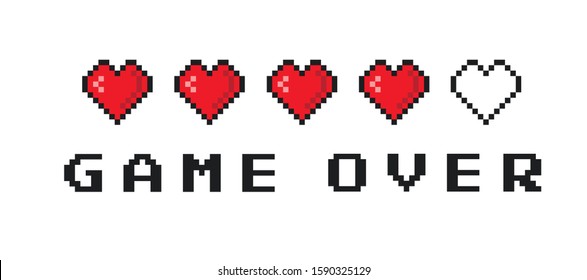
/cdn.vox-cdn.com/uploads/chorus_asset/file/22297251/SFAoki__Countercade_2Player_1.21.21_3_.jpg)
